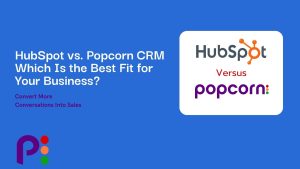Developing a personalised marketing strategy is seen as a crucial battleground in egaming, but one with few victors so far. EGR Digital Marketing finds out how the war can be won.

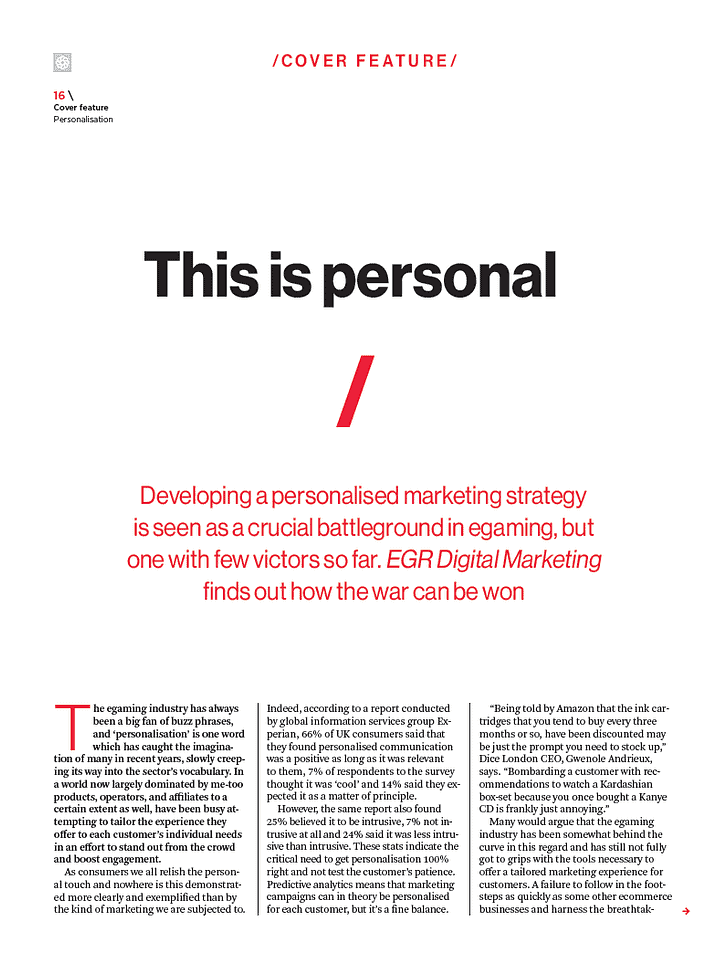
The egaming industry has always been a big fan of buzz phrases, and ‘personalisation’ is one word which has caught the imagination of many in recent years, slowly creeping its way into the sector’s vocabulary. In a world now largely dominated by me-too products, operators, and affiliates to a certain extent as well, have been busy attempting to tailor the experience they offer to each customer’s individual needs in an effort to stand out from the crowd and boost engagement.
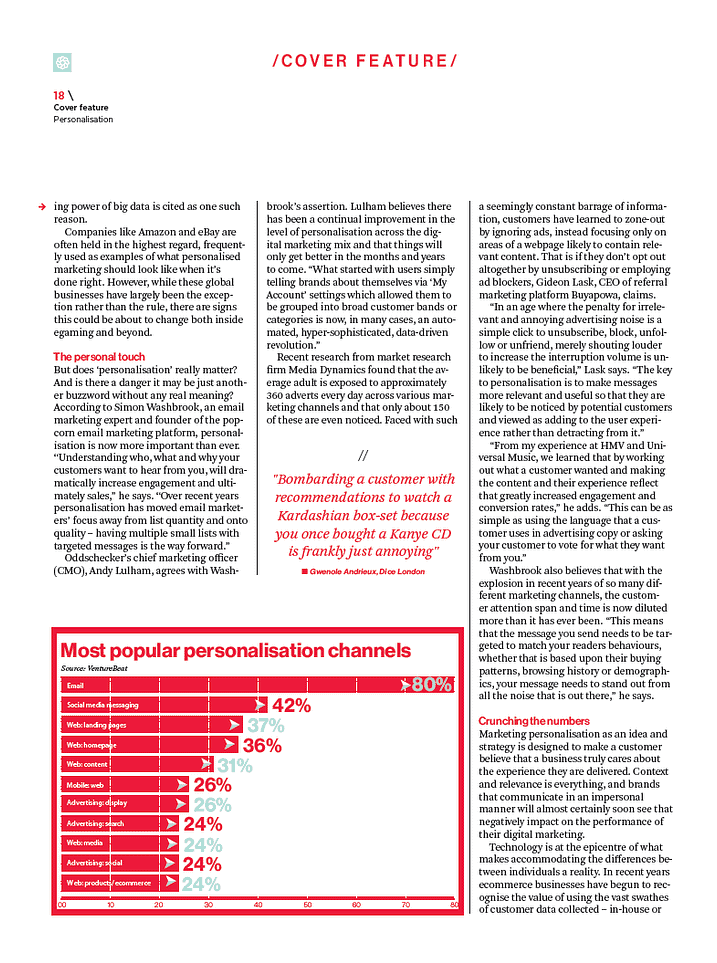
EGR Digital Marketing: The personal touch
EGR Digital Marketing: Crunching the numbers
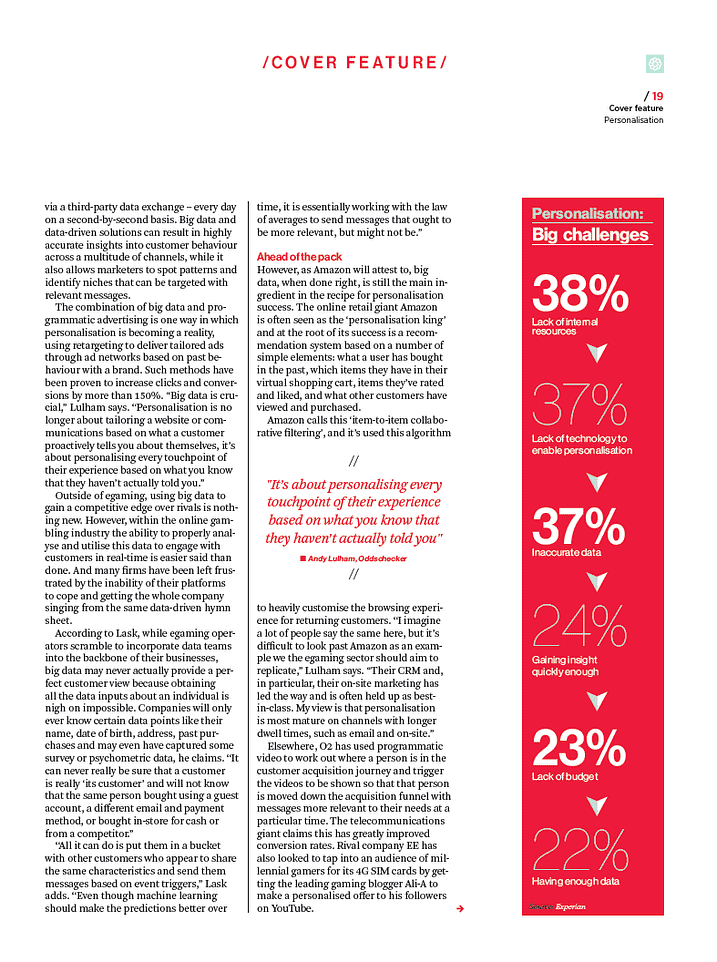
Technology is at the epicentre of what makes accommodating the differences between individuals a reality. In recent years ecommerce businesses have begun to recognise the value of using the vast swathes of customer data collected – in-house or via a third-party data exchange – every day on a second-by-second basis. Big data and data-driven solutions can result in highly accurate insights into customer behaviour across a multitude of channels, while it also allows marketers to spot patterns and identify niches that can be targeted with relevant messages.
Ahead of the pack
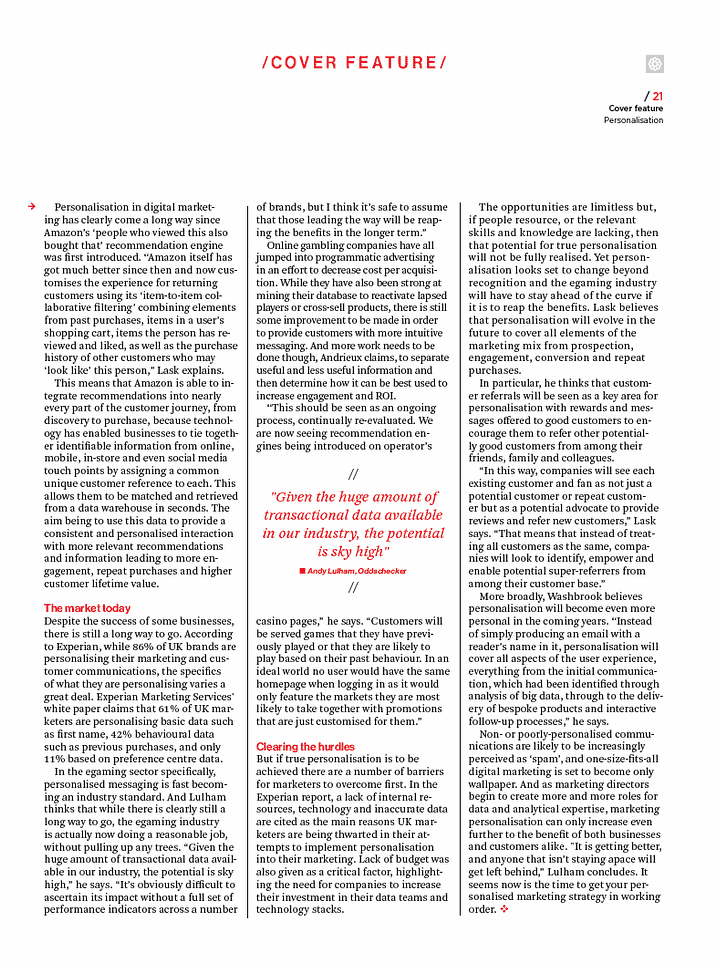
The market today

Clearing the hurdles
Enjoyed this article? Comment below or read through our blog for more sales and marketing insights.










